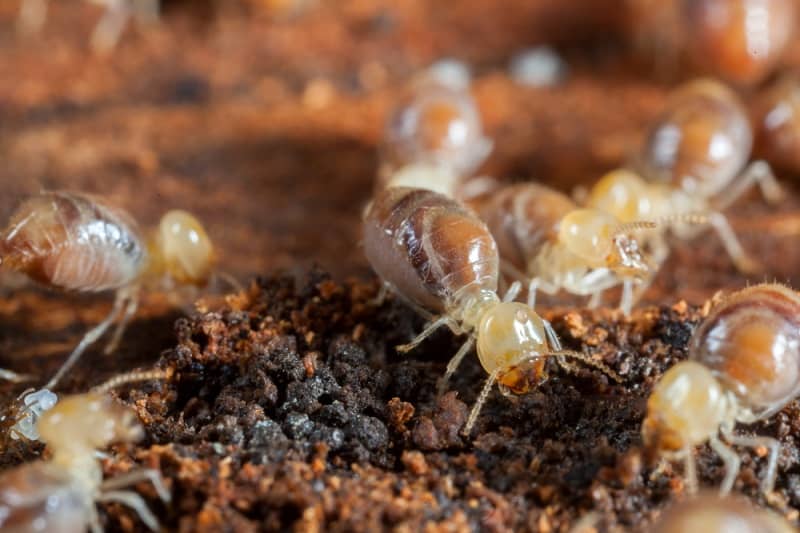Termite Treatment – What Are Your Options?
 Being spoiled for choice can be nice – like when you leaf through a nice restaurant’s menu to choose your dessert. However, there are some occasions when you need expert guidance to ensure that you are making the right choice. And when it comes to protecting your home, you have to be sure that you are making the right decision – you cannot take risks with your family’s comfort, security and future. One of the major risks that a home faces is that of a termite infestation. Almost all the states have large termite populations and California is one of the worst affected. Homeowners in this state know the importance of protecting their homes from these pests but are often unsure of which of the many termite treatment options is right for their homes. A professional termite control service is the best source for expert advice, but here is a brief outline of the options available so you will know what questions to ask the termite company.
Being spoiled for choice can be nice – like when you leaf through a nice restaurant’s menu to choose your dessert. However, there are some occasions when you need expert guidance to ensure that you are making the right choice. And when it comes to protecting your home, you have to be sure that you are making the right decision – you cannot take risks with your family’s comfort, security and future. One of the major risks that a home faces is that of a termite infestation. Almost all the states have large termite populations and California is one of the worst affected. Homeowners in this state know the importance of protecting their homes from these pests but are often unsure of which of the many termite treatment options is right for their homes. A professional termite control service is the best source for expert advice, but here is a brief outline of the options available so you will know what questions to ask the termite company.
Drywood Termite Treatment
Drywood termites do not just eat wooden structures, they live in them. So, the colonies grow rapidly and do damage quickly. The best way to deal with a drywood termite infestation is usually by using environmentally friendly low toxicity chemicals that will quickly stop the growth of the colony and prevent further damage from occurring.
Also Read: Termites Are a Health Hazard
Termite Tenting
If an infestation has spread through an entire house, more drastic measures are required. The normal procedure is to fumigate the whole structure so that the termites hiding in even hard-to-access places are killed. This involves termite tenting and will disrupt the domestic routine for some days, but it will get rid of all the termites.
Ecofriendly Treatments
Ecofriendly termite treatments are also available. These are as effective as other methods and are the preferred option when circumstances do not permit the use of either localized drywood termite treatment or termite tenting. Among the latest development in this area is the use of a combination of plant-based treatments and microwaves. This type of treatment does not take as much time as tenting and does not require the family to leave the house.
Also Read: Termites Can Bring Down a House
Subterranean Termite Treatment
Subterranean termites live in the soil and emerge, consume wood, and return to the soil until they need to feed again. Because of this, treatments that attack the termites in the wood are not sufficient and another type of treatment is required. For subterranean termites, a special termiticide is injected into the soil around the house to create a barrier that stops the termites from passing through. Termites leaving the house to return to their underground nests are killed when they hit the barrier which also stops termites from trying to access the house.
Various termite treatment options have been developed to deal with various types of termite infestations. Using the wrong treatment could make the situation worse by simply dispersing the termites which may then attack a larger area. This and incomplete treatment are the biggest dangers of DIY termite control. To make your home termite-free and to keep it safe in the future, contact a professional termite control company and discuss your options. The experts will know what is best for your home.
- Sep 01, 2023
